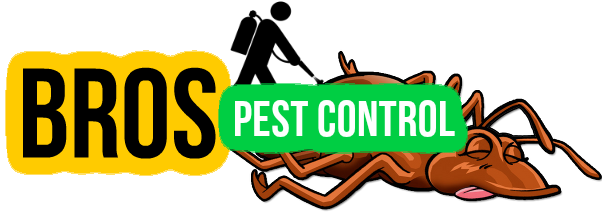Bee Removal San Francisco, CA | Wasps, Hornets, Yellow Jackets
San Francisco Safe Bee Removal & Extermination
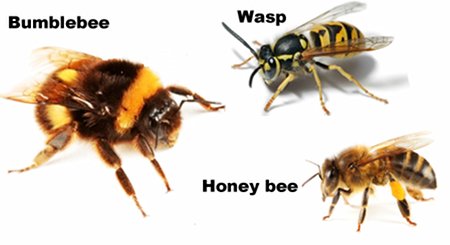 Are you looking for bee removal San Francisco, CA? Bro’s Pest Control is your connection to safe bee removal and extermination services. Exterminators within our network specialize in: wasp control, hornet control, bee swarm removal and bee removal. Pest control services can also include sealing off the entrances and exits, repairs from hive and damage, as well as traps. Bee’s can pose danger, especially if a loved one is allergic. Contact Bro’s Pest Control today to control your bee problem in the San Francisco area.
Are you looking for bee removal San Francisco, CA? Bro’s Pest Control is your connection to safe bee removal and extermination services. Exterminators within our network specialize in: wasp control, hornet control, bee swarm removal and bee removal. Pest control services can also include sealing off the entrances and exits, repairs from hive and damage, as well as traps. Bee’s can pose danger, especially if a loved one is allergic. Contact Bro’s Pest Control today to control your bee problem in the San Francisco area.
For Bee Control San Francisco, California Call, 1-888-497-9069
Specialized Bee Removal & Extermination
Bro’s Pest Control professionals can help you with all different bee problems including:
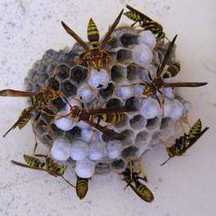 Removal of hives, bee swarm removal, yellow jacket removal, hornet removal, bumble bee removal and various of bee removal jobs. Bee removal San Francisco, CA experts will come out to your home or business and remove unwanted bee’s safely and at a reasonable price. Same day appointments for bee removal can be scheduled, if needed. Ready for bee control San Francisco, CA? Contact us today by calling 1-888-497-9069.
Removal of hives, bee swarm removal, yellow jacket removal, hornet removal, bumble bee removal and various of bee removal jobs. Bee removal San Francisco, CA experts will come out to your home or business and remove unwanted bee’s safely and at a reasonable price. Same day appointments for bee removal can be scheduled, if needed. Ready for bee control San Francisco, CA? Contact us today by calling 1-888-497-9069.
Bee, Wasp & Hornet Treatment
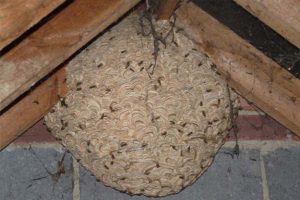 Bee, wasp or hornet treatment San Francisco, CA will require one of our bee specialists to come out to your home to perform a free inspection. They will arrive fully equipped to eliminate your bee issue. The bee exterminator will identify the location of the nest, depending on the type of stinging insect problem you have, and eliminate/remove the problems to protect your family’s health and safety. In the case of a hornets nest, the technician will treat the nest and return to remove it after insuring that all the pests have been killed.
Bee, wasp or hornet treatment San Francisco, CA will require one of our bee specialists to come out to your home to perform a free inspection. They will arrive fully equipped to eliminate your bee issue. The bee exterminator will identify the location of the nest, depending on the type of stinging insect problem you have, and eliminate/remove the problems to protect your family’s health and safety. In the case of a hornets nest, the technician will treat the nest and return to remove it after insuring that all the pests have been killed.
Bees are flying insects closely related to wasps and ants, known for their role in pollination and, in the case of the best-known bee species, the European honey bee, for producing honey and beeswax. For bee removal San Francisco, CA — contact us today!
Bee Extermination San Francisco, California
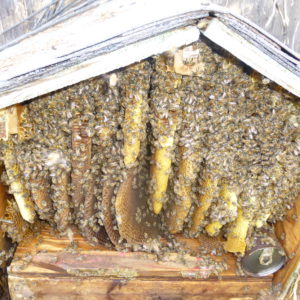 Assuming the bee's in question are not honeybee's, a Bro's Pest Control expert can exterminate them. Every year, beekeepers are called upon to give advice regarding the removal of honey bees (and other insect pests) from homes and buildings since honey bees are NOT to be exterminated. Honey Bee removal on the other hand, includes relocating the bee's to a different location. If you have a bumble bee, wasp or yellow jacket bee problem in San Francisco, CA -- then extermination can be done. For wasp, bumble bee, hornet or yellow jacket extermination San Francisco, CA -- please get in touch with Bro's Pest Control today!
Assuming the bee's in question are not honeybee's, a Bro's Pest Control expert can exterminate them. Every year, beekeepers are called upon to give advice regarding the removal of honey bees (and other insect pests) from homes and buildings since honey bees are NOT to be exterminated. Honey Bee removal on the other hand, includes relocating the bee's to a different location. If you have a bumble bee, wasp or yellow jacket bee problem in San Francisco, CA -- then extermination can be done. For wasp, bumble bee, hornet or yellow jacket extermination San Francisco, CA -- please get in touch with Bro's Pest Control today!
San Francisco, California
San Francisco (initials SF[23]) (/sæn frənˈsɪskoʊ/, Spanish for Saint Francis; Spanish: [san franˈsisko]), officially the City and County of San Francisco, is the cultural, commercial, and financial center of Northern California. Located at the north end of the San Francisco Peninsula, San Francisco is about 47.9 square miles (124 km2)[17] in area, making it the smallest county—and the only consolidated city-county[24]—within the state of California. With a density of about 18,581 people per square mile (7,174 people per km2), San Francisco is the most densely settled large city (population greater than 200,000) in California and the second-most densely populated major city in the United States after New York City.[25] San Francisco is the fourth-most populous city in California, after Los Angeles, San Diego, and San Jose, and the 13th-most populous city in the United States—with a census-estimated 2016 population of 870,887.[20] The city and its surrounding areas are known as the San Francisco Bay Area, and are a part of the larger OMB-designated San Jose-San Francisco-Oakland combined statistical area, the fifth most populous in the nation with an estimated population of 8.7 million.
San Francisco was founded on June 29, 1776, when colonists from Spain established Presidio of San Francisco at the Golden Gate and Mission San Francisco de Asís a few miles away, all named for St. Francis of Assisi.[8] The California Gold Rush of 1849 brought rapid growth, making it the largest city on the West Coast at the time. San Francisco became a consolidated city-county in 1856.[26] After three-quarters of the city was destroyed by the 1906 earthquake and fire,[27] San Francisco was quickly rebuilt, hosting the Panama-Pacific International Exposition nine years later. In World War II, San Francisco was a major port of embarkation for service members shipping out to the Pacific Theater.[28] It then became the birthplace of the United Nations in 1945.[29][30][31] After the war, the confluence of returning servicemen, massive immigration, liberalizing attitudes, along with the rise of the "hippie" counterculture, the Sexual Revolution, the Peace Movement growing from opposition to United States involvement in the Vietnam War, and other factors led to the Summer of Love and the gay rights movement, cementing San Francisco as a center of liberal activism in the United States. Politically, the city votes strongly along liberal Democratic Party lines.
Pesticides vary in their effects on bees. Contact pesticides are usually sprayed on plants and can kill bees when they crawl over sprayed surfaces of plants or other areas around it. Systemic pesticides, on the other hand, are usually incorporated into the soil or onto seeds and move up into the stem, leaves, nectar, and pollen of plants.[1]
Of contact pesticides, dust and wettable powder pesticides tend to be more hazardous to bees than solutions or emulsifiable concentrates. When a bee comes in contact with pesticides while foraging, the bee may die immediately without returning to the hive. In this case, the queen bee, brood, and nurse bees are not contaminated and the colony survives. Alternatively, the bee may come into contact with an insecticide and transport it back to the colony in contaminated pollen or nectar or on its body, potentially causing widespread colony death.[2]
